The rise of IoT: Connecting everything, everywhere

The Internet of Things (IoT) is a concept that has radically changed the way we interact with technology and our environment. This article will guide you through the fascinating world of IoT, from its history to its practical applications, challenges and promising future.
History and development of IoT
The Internet of Things (IoT) is a concept that has evolved significantly over several decades and has become an important part of modern technology. Its history and development provide important insights into how this paradigm has permeated today’s society.
First performance
The history of IoT dates back to the 1970s, when the first connected devices appeared in laboratories. These primitive devices can collect data and send information to other devices and computers. However, in the 1990s, with the development of the Internet, the concept of IoT became clear.
In this context, IoT began to emerge as a concept involving the interconnection of physical devices and objects with the internet. However, in this early period, connectivity resources and storage capacity were limited, which slowed down the development of IoT.
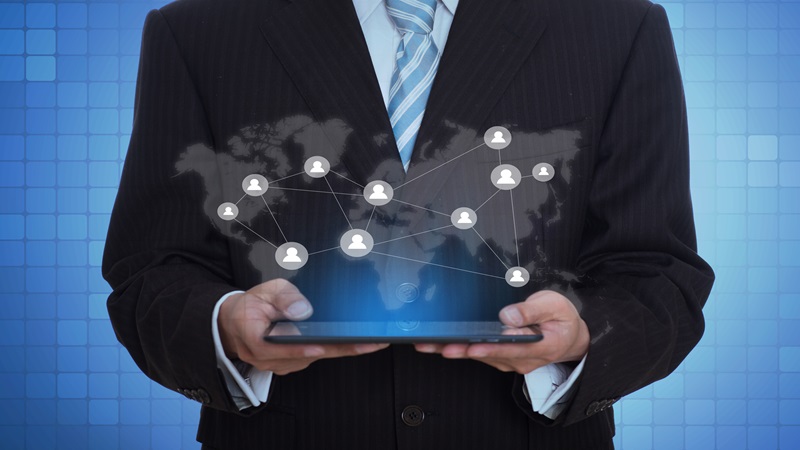
Turning Points
The diversification of wireless connectivity technologies has played a crucial role in the evolution of IoT. The development of Wi-Fi, Bluetooth, Zigbee and other communication protocols has facilitated the connection between devices and existing networks. This has enabled a significant expansion of the IoT in various fields, from smart homes to industry and healthcare.
A key moment was in 1999, when Kevin Ashton first used the term “Internet of Things” to describe the concept of connecting objects to the Internet.
In addition, the 2000s saw an exponential growth of the IoT, as the number of connected devices exceeded the number of people on Earth.
Today, IoT has become an integral part of our lives, with billions of connected devices around the world.
Its growth has enabled the development of a wide range of applications and services, from efficient resource management to improving the quality of life in local communities and industrial environments.
What is the Internet of Things?
Defining IoT
The Internet of Things (IoT) refers to the global network of physical devices and objects that are connected to the internet and can collect, store and exchange data. These objects can operate autonomously, without human intervention, and can perform a variety of tasks, from monitoring the environment to controlling household devices.
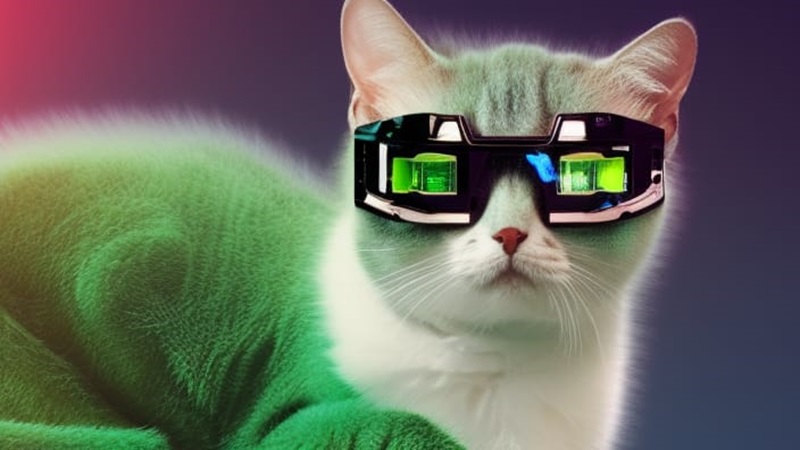
Key elements of IoT
- Connected Devices: These are the physical objects that are part of the IoT. They can include everything from smart thermostats and cars to agricultural sensors and surveillance cameras.
- Connectivity: IoT devices use a variety of connectivity technologies such as Wi-Fi, Bluetooth, Zigbee and even Low Power Wide Area Networks (LPWAN) to communicate with each other and send data to the cloud or other devices.
- Cloud computing: data collected by IoT devices is processed and stored in the cloud. This provides flexibility and accessibility, allowing users to access information remotely and perform complex analysis.
- Data analysis: The data collected by IoT has great potential. Analysing this data provides valuable insights for decision making and process improvement.
These elements form the basis of the IoT concept and underpin its operation. Once they are integrated into an interconnected network, many opportunities for innovation and efficiency open up in a variety of areas.
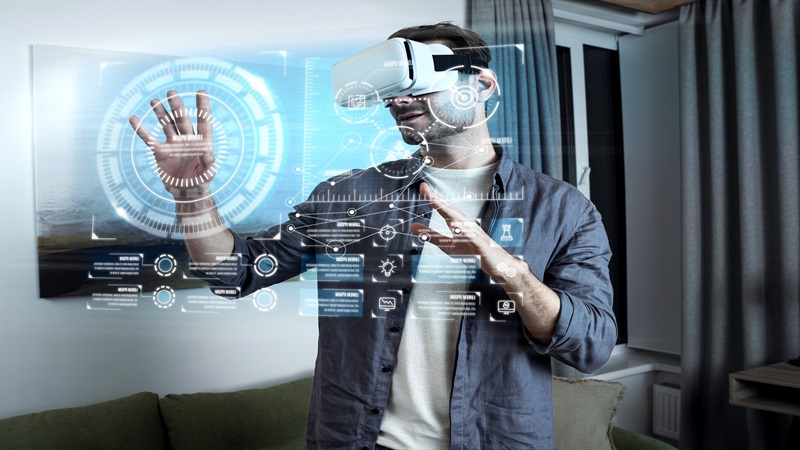
Core IoT technologies
The Internet of Things (IoT) is based on a set of fundamental technologies that enable devices to communicate and perform their functions efficiently. This chapter describes these technologies and how they support IoT development.
Wireless network
One of the key pillars of IoT is wireless connectivity. Various connectivity technologies are being developed to meet the different needs of IoT devices. These technologies include:
- Wi-Fi: widely used and provides fast, high-quality connectivity commonly used in smart home devices.
- Bluetooth: used for IoT devices that require low power consumption and short distance communication, such as wearables.
- Zigbee: A connectivity technology used to connect IoT devices in buildings and industrial applications.
- LoRa (Low Rank WAN): Used for long distance communication in applications such as smart agriculture and environmental monitoring.
These technologies offer a variety of connectivity options, making IoT adaptable to different scenarios and requirements.
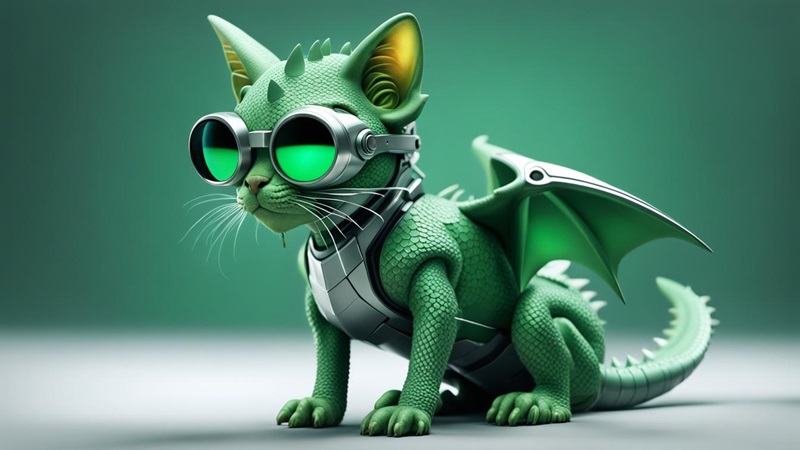
Cloud computing
The cloud plays an important role in IoT.
Data collected by IoT devices is often processed and stored in the cloud. This has many benefits, including:
- Storage and scalability: the cloud enables scalable data storage to efficiently manage large amounts of information generated by IoT devices.
- Accessibility: data can be accessed from any internet-connected device, allowing users to remotely monitor and manage IoT devices.
- Data analytics: the cloud provides the computing power needed to analyse data. Technologies such as machine learning and artificial intelligence can be used to derive insights from the collected data.
- Security and redundancy: cloud service providers invest in security and redundancy to protect user data.
Overall, the cloud provides a robust platform for storing and managing IoT data, opening up opportunities for analytics and efficient use.
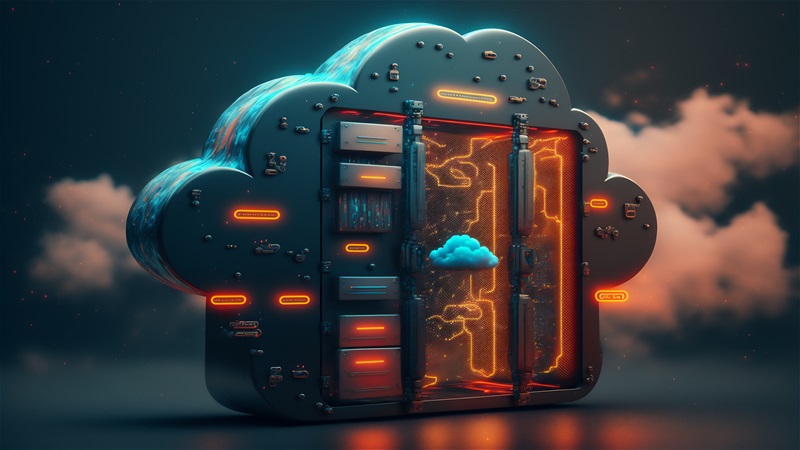
IoT applications
One of the most appealing aspects of the Internet of Things (IoT) is its variety of practical applications. The IoT has revolutionised various fields and brought great benefits to each of them.
Healthcare
The IoT is having a major impact on healthcare. Here are some examples of applications in this field:
- Remote patient monitoring: IoT devices allow continuous monitoring of patients remotely. Data from blood pressure to heart rate is transmitted to doctors in real time, allowing rapid intervention in emergency situations.
- Smart medical devices: smart medical devices and prostheses are powered by IoT. They give people with disabilities more autonomy and a greater degree of control over their lives.
- Efficient medication inventory management: healthcare systems use IoT to monitor medication inventory and ensure it is available when needed.
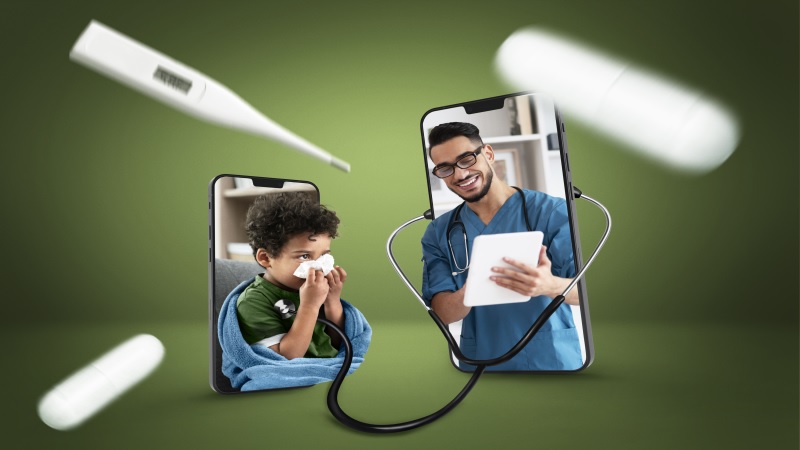
Agriculture
The Internet of Things has changed the way farmers manage their farms and crops. Here are some examples of applications in agriculture.
- Precision farming: Smart sensors and cameras monitor field conditions such as moisture content, temperature and soil quality. This data is used to optimise irrigation and fertilisation, reducing wastage of resources.
- Inventory management: Farmers use IoT to monitor their produce inventory to ensure that it is maintained in optimal condition and losses are avoided.
- Wildlife monitoring: IoT sensors can help monitor and protect wildlife, including poaching and habitat protection.
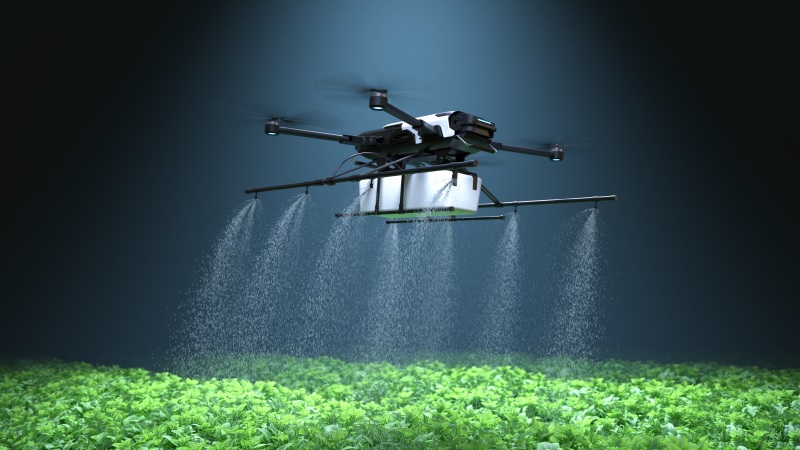
Smart city
IoT plays an important role in the development of smart cities. Some important applications are listed below.
- Intelligent transport systems: IoT enables traffic monitoring, smart traffic lights and efficient public transport systems that help reduce congestion and pollution.
- Efficient street lighting: smart street lighting systems detect the presence of people and adjust brightness as needed to save energy.
- Waste management: Smart bins alert authorities when bins are full, optimizing’s collection and reducing costs.
These are just a few examples of how the Internet of Things is influencing urban life and making cities more efficient and sustainable.
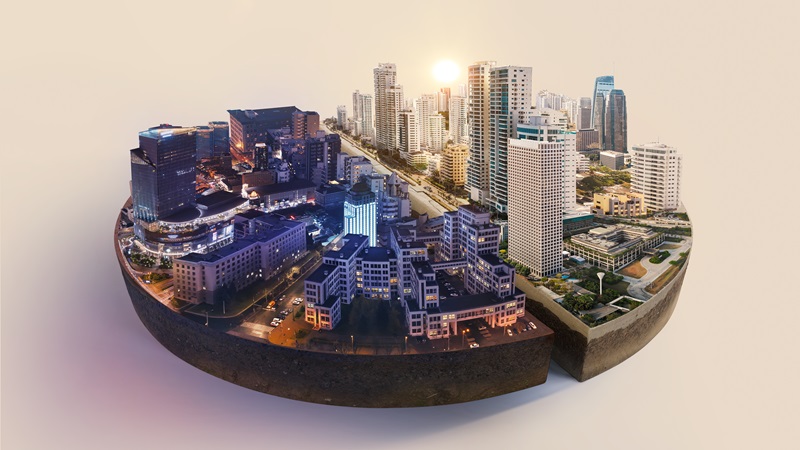
IoT challenges and threats
As the Internet of Things (IoT) continues to grow and become part of our daily lives, many challenges and threats have emerged that need to be addressed.
Security of IoT devices
Security is a big concern when it comes to IoT. IoT devices are often vulnerable to cyber attacks. Because many of these devices are relatively small and have limited resources, it can be difficult to implement adequate security measures.
Cyber attacks can compromise not only your personal data, but also the integrity and functionality of your device.
Solutions such as strong authentication, frequent security updates and data encryption are essential for securing IoT devices. In addition, it is important that users are aware of potential risks and take steps to protect their devices.

Data privacy
IoT often involves the collection and storage of large amounts of personal data. This data can include information about location, usage habits, etc. Data privacy is essential to avoid misuse and abuse.
Strict data protection regulations, such as the European Union’s General Data Protection Regulation (GDPR), have been introduced to address this issue. Companies developing and using IoT devices must comply with these rules and ensure that user data is properly protected.
Scalability and interoperability
As the number of IoT devices grows, challenges arise in terms of scalability and interoperability. It is important that devices in the IoT ecosystem can communicate and work together. Open standards and communication protocols are essential to ensure interoperability.
In addition, scalability issues when managing and managing thousands or millions of connected devices need to be addressed. Keeping up with this growth requires centralized management solutions, automatic updates and efficient device monitoring.
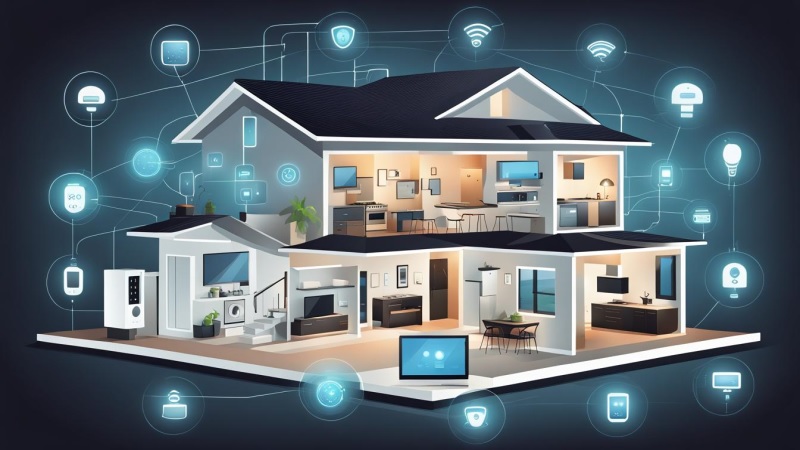
Environmental impact
The explosion of IoT devices has raised concerns about their impact on the environment. Increased device production, increased energy consumption and e-waste management are important issues. Companies should focus on developing devices that consume less energy and last longer, and encourage recycling and responsible waste management.
Despite these challenges, IoT offers significant opportunities to improve quality of life and efficiency in many areas. A responsible approach can maximize the benefits of IoT and minimise negative impacts on society and the environment.
The Future of the Internet of Things (IoT)
The Internet of Things (IoT) is constantly evolving and will play an increasingly important role in technology and society.
Expanding IoT applications
The Internet of Things will continue to expand in various areas. More sectors, such as transport, healthcare and agriculture, will benefit from technological developments and IoT connectivity. From self-driving cars to smart medical devices to precision agriculture, IoT applications offer huge benefits.
Smart cities will continue to grow, with intelligent transport systems, resource-efficient management and cutting-edge technological infrastructure.
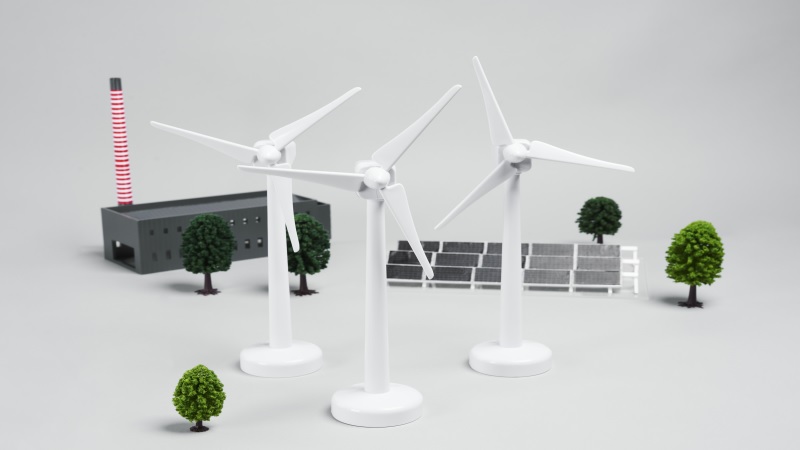
Artificial intelligence and IoT
Another important issue is the integration of IoT and artificial intelligence (AI). AI allows you to analyse large amounts of data collected by IoT devices, gain insights and make autonomous decisions. For example, driver assistance systems in self-driving cars use IoT and AI to monitor the environment and drive safely.
Standards and security
Another important issue is setting clear standards and regulations for IoT. These standards are essential to ensure interoperability and security of devices. Stricter rules have also been developed to protect user data and privacy.
Security will continue to be a major concern. As the number of IoT devices grows, new cyber threats emerge and companies need to invest in increased protection measures.
Social and economic impacts
The Internet of Things will continue to have a major impact on society and the economy. This creates new career opportunities in the development and management of IoT devices, but also changes the requirements for technical and software skills.
The economy will benefit from increased efficiency and new products and services developed thanks to IoT. However, there are also challenges, such as industry disruption and the need to retrain the workforce.

The global IoT ecosystem
IoT is contributing to the development of a global ecosystem of closely connected devices, infrastructure and data. From smart objects in your home to transport networks and industry, IoT connects everything to a global information network.
This global connection encourages global cooperation to tackle global issues such as climate change and natural disasters. It also creates opportunities for innovation and development in developing countries.
***
The concept of the Internet of Things (IoT) is a revolutionary technological paradigm that is changing the way we interact with the world around us. We cover a wide range of topics, from definitions and working principles to practical applications, challenges and the future of this innovative technology.
IoT has become an integral part of our everyday lives. By connecting devices and objects to the Internet, we have created a global ecosystem where data can be collected, processed and used to improve lives. We talked about how IoT is being used in various areas such as healthcare, agriculture and smart cities.
However, we also recognized the challenges in the areas of security, data protection and scalability. When developing and deploying IoT devices, these issues need to be taken into account to ensure safe and efficient use of the technology.
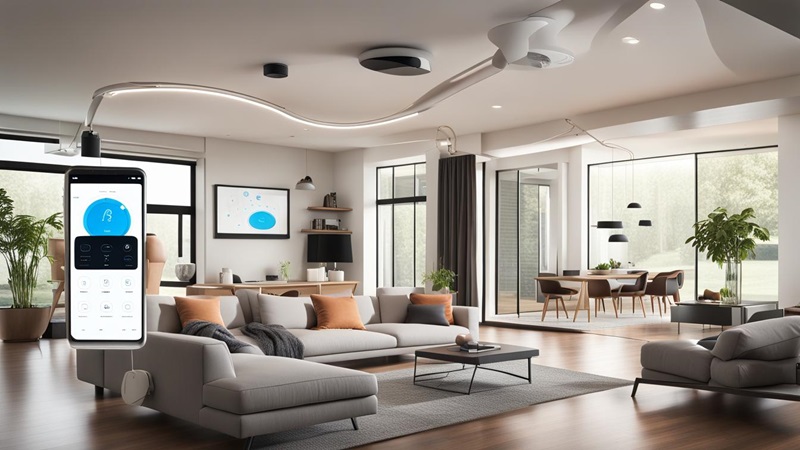
We also looked at the future of IoT, highlighting key trends such as the expansion of IoT applications, integration with artificial intelligence, standards and security, social and economic impact, and the evolution of the global IoT ecosystem.
IoT is an evolving technology and its potential is huge. With a responsible and innovative approach, we can shape a future where IoT contributes to improving people’s lives, sustainable development and continuous innovation in a digitally connected world.
Thank you for joining us on this journey through the world of the Internet of Things (IoT). We encourage you to further explore this fascinating technology and participate in its further development. Understanding and adapting to the IoT opens up new opportunities and possibilities to contribute to the development of society in the 21st century.